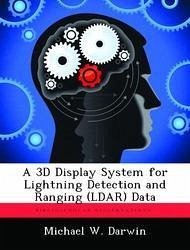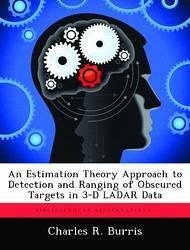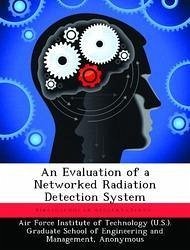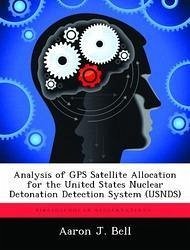
A 3D Display System for Lightning Detection and Ranging (Ldar) Data
Versandkostenfrei!
Versandfertig in über 4 Wochen
53,99 €
inkl. MwSt.

PAYBACK Punkte
27 °P sammeln!
Lightning detection is an essential part of safety and resource protection at Cape Canaveral. In order to meet the unique needs of launching space vehicles in the thunderstorm prone Florida environment, Cape Canaveral has the only operational three-dimensional (3D) lightning detection network in the world, the Lightning Detection and Ranging (LDAR) system. Although lightning activity is detected in three dimensions, the current LDAR display, developed 20 years ago, is two-dimensional. This thesis uses modern three-dimensional graphics, object-oriented software design, and innovative visualizat...
Lightning detection is an essential part of safety and resource protection at Cape Canaveral. In order to meet the unique needs of launching space vehicles in the thunderstorm prone Florida environment, Cape Canaveral has the only operational three-dimensional (3D) lightning detection network in the world, the Lightning Detection and Ranging (LDAR) system. Although lightning activity is detected in three dimensions, the current LDAR display, developed 20 years ago, is two-dimensional. This thesis uses modern three-dimensional graphics, object-oriented software design, and innovative visualization techniques to develop a 3D visualization application for LDAR data. The individual data points in an LDAR data file are compiled into a tree-like hierarchy using Java data structures. This hierarchy groups the points into a series of nested 3D cubes of varying sizes. The resulting data structures are used to construct a Java 3D scene graph containing the lightning information, using a visualization technique called Nested Cubes. Nested Cubes divides the Cape Canaveral area into a series of non-overlapping cubes 10 km on a side. If any stepped leaders are detected within one of these areas, they become visible in the scene as a transparent, red 10 km cube. If the user zooms in close enough, a 10 km cube will disappear and be replaced first by 1 km cubes, then 100 m cubes, bounding the areas where lightning was detected inside the larger cube.












